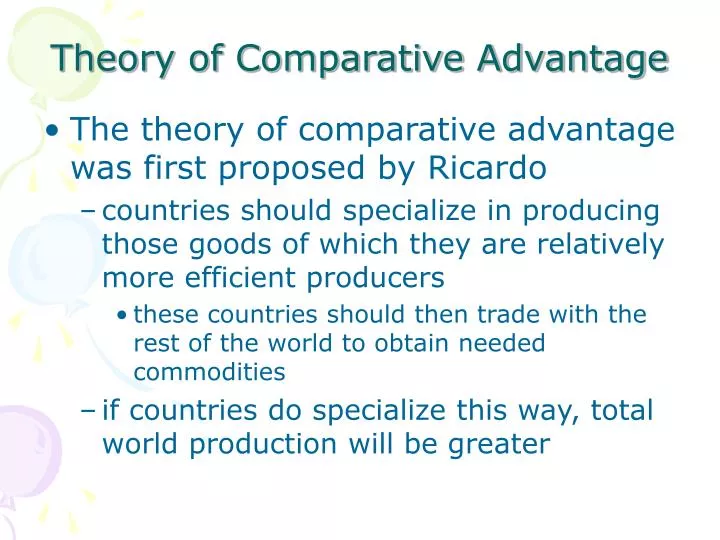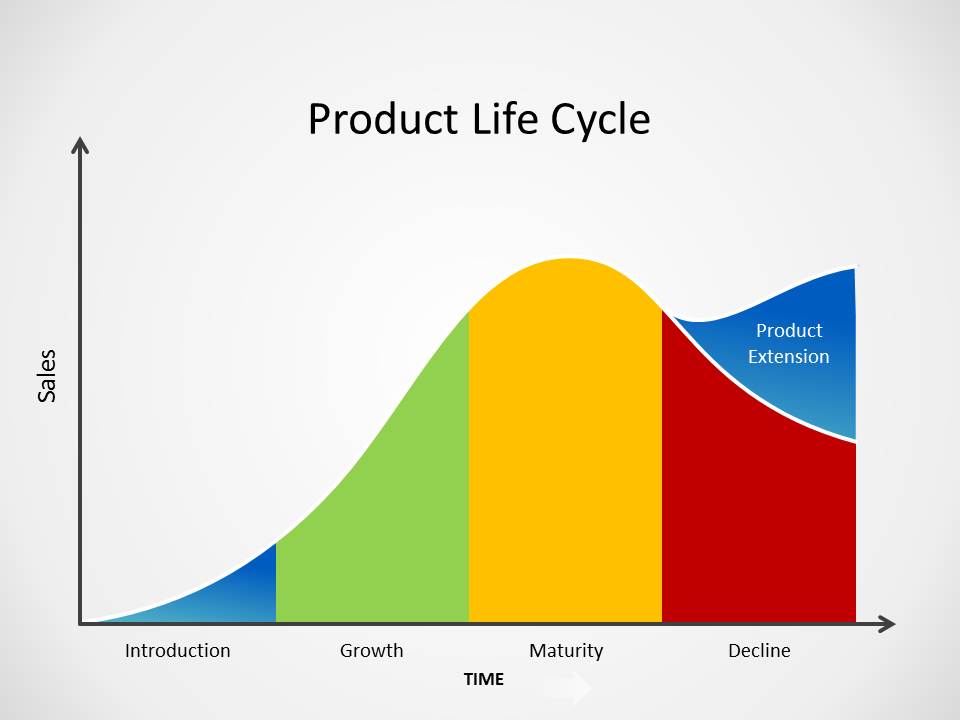5 Types Theory Of Trade Presentation
| Introduction to the 5 Types Theory of Trade | ||
|---|---|---|
| The 5 Types Theory of Trade categorizes different forms of international trade. These theories provide insight into the motivations and patterns of global trade. Understanding these theories can help businesses and policymakers make informed decisions in international trade. | ||
| 1 | ||
| Mercantilism | ||
|---|---|---|
| Mercantilism is an economic theory prevalent in the 16th to 18th centuries. It emphasizes the accumulation of wealth through a favorable balance of trade. Mercantilist policies often involve protectionism, export promotion, and colonization. | ||
| 2 | ||
| Absolute Advantage | ||
|---|---|---|
| Absolute advantage theory, proposed by Adam Smith, focuses on the productivity differences between countries. It suggests that countries should specialize in producing goods they can produce more efficiently. By specializing, countries can maximize their overall output and trade surplus. | ||
| 3 | ||
| Comparative Advantage | ||
|---|---|---|
| Comparative advantage theory, also developed by Adam Smith, builds upon the concept of absolute advantage. It argues that countries should specialize in producing goods they can produce at a lower opportunity cost. Through specialization and trade, both countries can benefit from their comparative advantages. | ||
| 4 | ||
| Heckscher-Ohlin Theory | ||
|---|---|---|
| The Heckscher-Ohlin theory, developed by Eli Heckscher and Bertil Ohlin, focuses on factor endowments. It suggests that countries will export goods that require abundant factors of production. Conversely, countries will import goods that require scarce factors of production. | ||
| 5 | ||
| Product Life Cycle Theory | ||
|---|---|---|
| The Product Life Cycle theory, proposed by Raymond Vernon, explains the international trade patterns of innovative products. It suggests that products go through different stages: introduction, growth, maturity, and decline. Initially, innovative products are produced in the country of origin but may shift production overseas as they mature. | ||
| 6 | ||
| Conclusion | ||
|---|---|---|
| The 5 Types Theory of Trade provides different perspectives on international trade. These theories help explain the motivations, patterns, and benefits of global trade. By understanding these theories, businesses and policymakers can make informed decisions in the global marketplace. | ||
| 7 | ||
| References (download PPTX file for details) | ||
|---|---|---|
| Smith, A. (1776). An Inquiry into the Nature ... Heckscher, E. F., & Ohlin, B. G. (1924). Heck... Vernon, R. (1966). International investment a... |  | |
| 8 | ||





